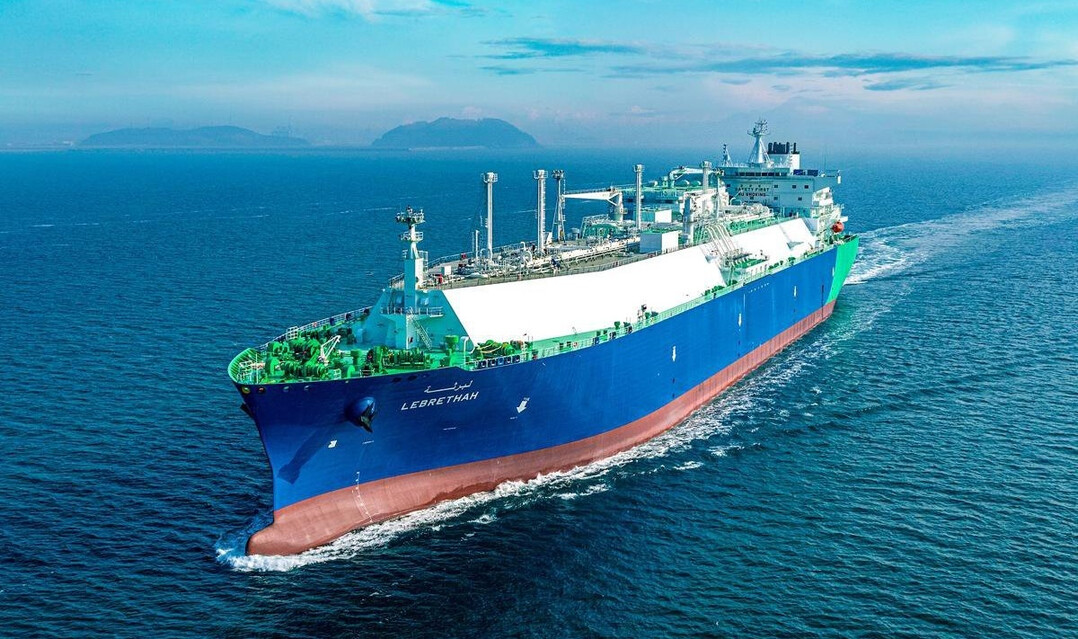
SEOUL, July 18, 2025 – Hanwha Ocean has once again demonstrated its competitiveness in the high-value-added vessel market by securing an order for seven 15,000 TEU LNG dual-fuel container ships from Taiwan's shipping company Yang Ming Marine Transport, valued at approximately KRW 2.2 trillion (USD 1.575 billion). This contract reinforces the analysis that the South Korean shipbuilding industry is benefiting from the U.S.'s push to impose entry fees on Chinese-built ships.
Yang Ming Marine Transport's Strategic Choice and Hanwha Ocean's Technology
Yang Ming Marine Transport's board of directors gave final approval for the container ship order to Hanwha Ocean on July 17 (local time). The vessels are scheduled to be delivered sequentially to Yang Ming Marine Transport in 2028 and 2029. Industry estimates put the cost per vessel at approximately USD 225 million, bringing the total contract value to USD 1.575 billion.
The LNG dual-fuel container ships that Hanwha Ocean will build are state-of-the-art vessels capable of using both liquefied natural gas (LNG) and conventional marine fuel. These ships are attracting attention in the shipping industry as high-value-added vessels that can significantly reduce greenhouse gas emissions, aligning with the International Maritime Organization's (IMO) strengthening environmental regulations. In particular, LNG can significantly reduce sulfur oxides (SOx) and nitrogen oxides (NOx) emissions, establishing it as a leading environmentally friendly fuel. Based on its accumulated LNG carrier construction technology, Hanwha Ocean is expected to provide top-tier performance and efficiency for these container ships. Hanwha Ocean previously demonstrated its unparalleled technological prowess in the LNG vessel sector by delivering the 'LEBRETHAH,' its 200th LNG carrier, to SK Shipping on July 20.
Ripple Effect of US-China Trade Conflict Brings Favorable Winds to Korean Shipbuilding
This recent order for Hanwha Ocean suggests that the escalating US-China trade conflict is positively impacting the South Korean shipbuilding industry. Previously, Chinese shipyards had secured massive orders in the container ship market by leveraging lower prices. However, the situation has rapidly changed as the U.S. government considers imposing an entry fee of up to USD 250 per TEU on Chinese-built ships.
This move weakens the price competitiveness of Chinese shipyards and prompts ship owners to seek alternatives. When Yang Ming Marine Transport held a bid for new vessel acquisitions, Chinese shipyards reportedly did not participate. As a result, shipyards with high-quality and high-tech shipbuilding capabilities, such as those in South Korea and Japan, have gained a ripple benefit.
This U.S. measure is analyzed to go beyond simply increasing transportation costs, potentially leading to a decline in confidence in Chinese-built ships and an increase in long-term risks. Consequently, global shipping companies are turning to technologically proven South Korean and Japanese shipyards to comply with environmental regulations and ensure stable operations.
Acceleration of Eco-Friendly Ship Transition and the Future of Korean Shipbuilding
In addition to this contract with Hanwha Ocean, Yang Ming Marine Transport has been actively transitioning to eco-friendly vessels, including ordering three 8,000 TEU methanol dual-fuel container ships from Japan's Shoei Kisen in March of this year. This aligns with the global shipping industry's trend towards eco-friendly fuel conversion, indicating a continuous increase in demand for various eco-friendly fuel-powered vessels such as LNG, methanol, and ammonia.
Within this trend, the South Korean shipbuilding industry is leading the market based on its unique technological prowess in building high-value-added eco-friendly vessels like LNG dual-fuel ships. Hanwha Ocean's large-scale order will serve as an opportunity to reconfirm South Korean shipbuilding's dominance in the global market through its technological competitiveness and eco-friendly solutions. The South Korean shipbuilding industry is expected to continue its growth alongside the expansion of the eco-friendly vessel market.
[Copyright (c) Global Economic Times. All Rights Reserved.]





























